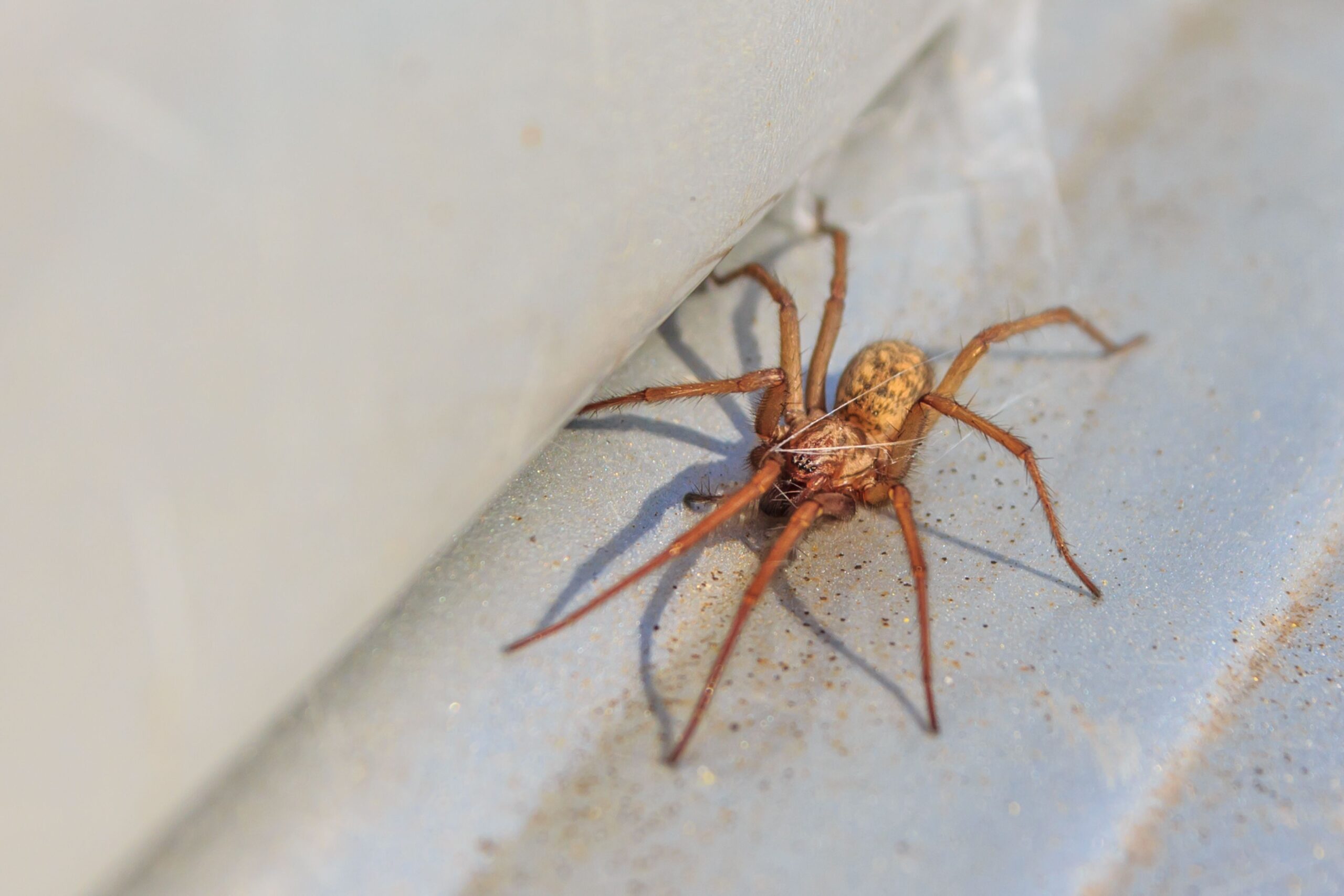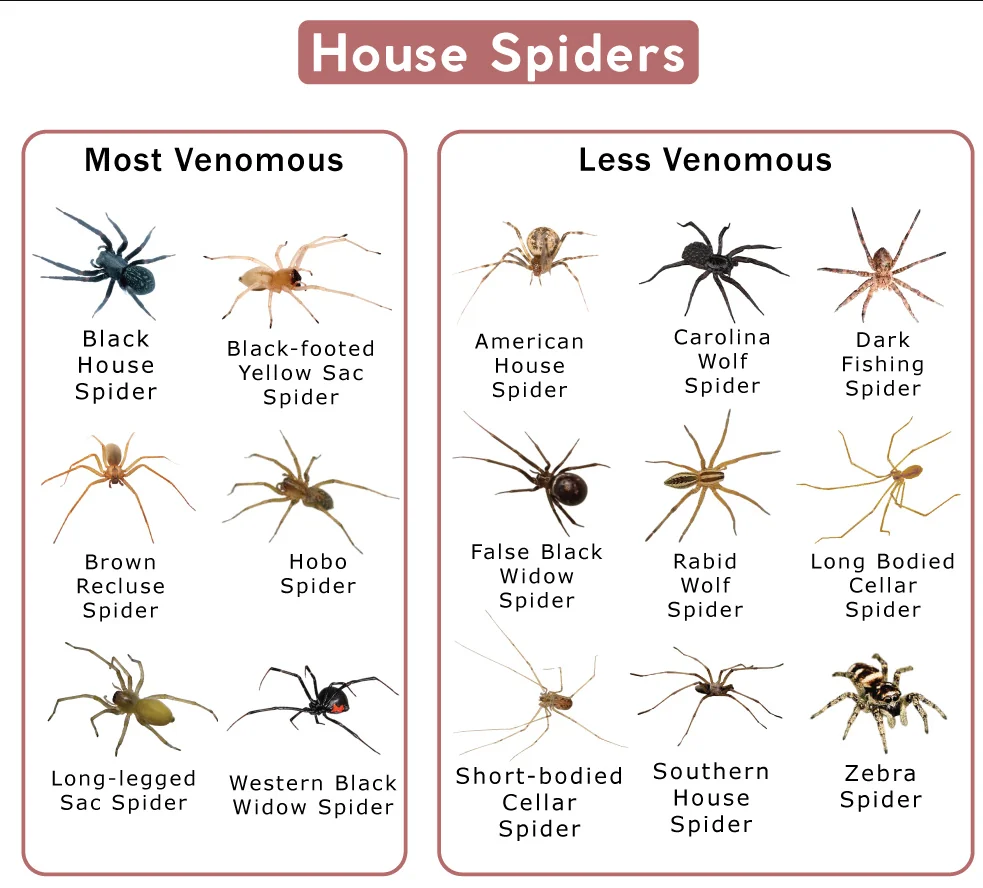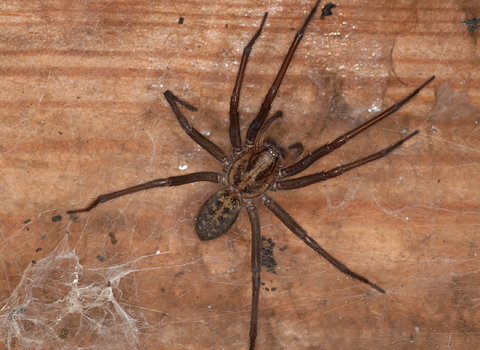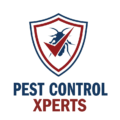Florida’s subtropical climate—defined by warm temperatures, high humidity, and mild winters—supports a vibrant array of pests, including spiders. Although many spiders aid in reducing insect populations, they become unwelcome houseguests once they enter residential or commercial properties. In areas like Fort Pierce and Vero Beach, where coastal conditions and year-round warmth encourage insects to flourish, spiders frequently find easy prey and comfortable hiding spots if left unchecked.
This service page covers why spiders thrive in Florida, how to detect a potential spider issue, and why partnering with a professional spider exterminator is key to controlling infestations. While seeing a single spider may not be alarming, an abundance of webs, egg sacs, or repeated sightings point toward a more significant problem. By recognizing these pests’ patterns, employing proven treatments, and taking proactive steps to deter them, property owners in Fort Pierce and Vero Beach can maintain comfortable, spider-free surroundings.
Why Spiders Flourish in Florida

1. Warm, Humid Conditions
Spiders fare particularly well in mild, humid climates that ensure a steady supply of insect prey. Florida’s hot summers, tempered winters, and moisture-rich environment allow insects and spiders alike to remain active throughout the year. Even brief colder snaps are often insufficient to reduce spider populations significantly. Air-conditioned or heated interiors further protect these pests during weather changes.
2. Ready Food Supply
Abundant insects—such as mosquitoes, flies, cockroaches, and moths—provide spiders with regular meals. In coastal regions like Fort Pierce and Vero Beach, warm breezes and standing water may attract additional bugs, giving spiders a near-constant buffet. When their food source is secure, spiders readily build webs or establish territories indoors.
3. Numerous Entry Points
Homes, offices, and commercial buildings in Florida may feature older construction styles, small gaps around doors or windows, or cracks in foundations that inadvertently invite spiders indoors. Once inside, they hide behind furniture, in dark corners, or near humid spots like bathrooms and kitchens. If structures are not well-sealed, spiders can re-enter easily, even after you remove existing webs.
4. Varied Habitats
From garden shrubs and woodpiles to attic corners and porch ceilings, Florida properties offer multiple habitats that spiders use for shelter and egg-laying. Some species spin webs, while others roam in search of insects. The availability of both web-building niches and open floor areas means a property can host different spider species at once.
Telltale Signs of Spiders
1. Webs and Egg Sacs
Perhaps the most obvious indication of spider activity is the presence of webs. Orb-shaped webs, cobwebs, or funnel-like structures may materialize in corners, near light fixtures, or across windows. Egg sacs—often small, round, or teardrop-shaped pouches of silk—further confirm active breeding. When a property has multiple webs or sacs, a significant spider presence is likely.
2. Frequent Spider Sightings
Seeing one or two spiders every so often can be normal. However, repeated sightings—especially of the same species—often mean the spiders have found suitable hiding places and a reliable food supply indoors. Spotting multiple spiders in a single area can indicate an established infestation or a fresh hatch from nearby egg sacs.
3. Accumulated Insect Carcasses
When webs fill with dead insects or if you find clusters of insect remains in hidden spots, it suggests a consistent feeding pattern. Spiders may deposit leftover bits after feeding, or insect exoskeletons could become stuck in thick webs. This buildup of prey remains points to ongoing spider activity.
4. Skin Reactions or Bites
Some people notice itchy, red welts that could be spider bites. While many spider species are not aggressive, certain varieties, such as black widows or brown recluses, deliver more concerning bites. If you suspect spider-related bites—especially if they worsen or show signs of infection—investigate your surroundings for webs and other evidence of spider nesting.
5. Strange Musty Odor
In large infestations, some spider species may produce a subtle, musty smell from accumulating webs, egg sacs, and dead insects. Though less common than other signs, an unexpected or pungent odor, coupled with physical evidence, can strengthen suspicions of a heavy spider presence.
Risks of Ignoring Spiders
1. Growing Infestations
A single spider can multiply quickly if it lays eggs in undisturbed corners. Before long, dozens of spiderlings may occupy hidden areas. Left unchecked, webs accumulate on ceilings, in closets, or around light fixtures, making the home feel neglected and unclean.
2. Potentially Dangerous Species
While most Florida spiders are harmless, a few varieties can be venomous, such as black widows or brown widows. Their bites may cause pain, swelling, or more severe reactions in certain individuals. Overlooking a venomous species nesting near living spaces increases the risk of accidental contact and medical concerns.
3. Psychological Discomfort
Many individuals find spiders unsettling—seeing webs in every corner can lead to stress, disrupted sleep, or reluctance to use certain rooms. Businesses dealing with a spider problem may deter customers if webs or dead insects accumulate in visible areas like waiting rooms, store aisles, or restrooms.
4. Spread to Neighboring Areas
In multi-unit structures, spiders move through shared walls, utility lines, or open doors. Ignoring spider populations in one unit risks infesting adjacent apartments, offices, or storage areas. For property managers, a casual approach to one unit’s infestation can create building-wide concerns, raising complaints from other tenants.
5. Unaddressed Insect Problems
Spiders typically appear where insect prey abounds. A spider infestation might signal a deeper issue with other pests—like mosquitoes, roaches, or flies—attracting more spiders over time. Addressing spiders without tackling their food source can lead to repeated infestations.

Why a Professional Exterminator Is Crucial
1. Accurate Species Identification
Florida hosts numerous spider species, each with distinct behaviors and habitats. A trained spider exterminator recognizes whether you’re dealing with harmless house spiders or more concerning varieties. Correct identification shapes effective treatments and reduces missteps with the wrong methods.
2. Thorough Inspections
Professionals inspect attics, crawl spaces, closets, garages, and exterior areas to locate webs, egg sacs, and conducive conditions for spiders. They also assess insect hotspots—like near lighting or windows—where spiders commonly build webs. This systematic approach reveals hidden infestation zones.
3. Customized Treatments
Some spiders react better to residual pesticides in cracks and crevices, while others require direct web removal or an integrated approach using insect growth regulators and mechanical methods. A professional tailors the strategy, blending chemical applications with specialized tools such as vacuums or steamers for safe, targeted results.
4. Integrated Pest Management
Exterminators often pair spider treatments with recommendations on controlling insect prey. For example, reducing outdoor lighting that lures moths or sealing gaps that let mosquitoes enter. By limiting spiders’ food sources and blocking entry, they help prevent future problems.
5. Ongoing Monitoring and Prevention
A single treatment may kill existing spiders, but newly hatched spiderlings or leftover eggs can emerge weeks later. Professionals typically schedule follow-up inspections or advise on sticky traps, environmental modifications, or additional applications as needed to ensure a spider-free environment long-term.
Typical Methods for Spider Treatments
1. Inspection and Web Removal
Technicians begin by locating webs and egg sacs, removing them with specialized tools or vacuums. Physically clearing these structures instantly disrupts spider reproduction and reduces adult populations. Concurrently, they note high insect activity spots to tackle underlying attractants.
2. Interior and Exterior Sprays
Targeted insecticidal applications along baseboards, door frames, eaves, and window sills create barriers that deter spider entry or kill them on contact. Exterminators use products safe for people and pets when used correctly, ensuring minimal risk while maintaining effectiveness against spiders and their prey.
3. Dust Treatments
Certain areas—like wall voids, attics, or crawl spaces—are hard to reach with sprays. Professionals may use insecticidal dust that clings to spider bodies or insects crossing those spaces. Dust remains effective longer in closed environments, offering ongoing protection where spiders might attempt to nest.
4. Reduce Insect Prey
Spider control often includes controlling other pests. This can involve sealing entry points that allow roaches or flies inside, switching to yellow or sodium vapor outdoor lights less attractive to flying insects, and maintaining clean trash receptacles. Eliminating insects deprives spiders of the meals needed to thrive.
5. Maintenance and Monitoring
After initial treatments, ongoing checks help confirm that spiders do not re-establish themselves. Technicians may use sticky traps near baseboards or corners to detect remaining activity. Should new webs appear, timely follow-up ensures an outbreak is halted before it expands.

Service Areas
Fort Pierce
Situated along Florida’s Treasure Coast, Fort Pierce draws residents and visitors with its waterfront views, historical districts, and cultural festivals. However, these same subtropical conditions—warmth, humidity, ample insects—favor spider populations. Properties near beaches or canals may see higher spider activity if lights attract bugs at night. Our spider exterminator services in Fort Pierce address everything from single-family homes to commercial complexes, using thorough inspections and treatments to ensure peace of mind.
Vero Beach
Renowned for its cultural events, scenic coastline, and upscale neighborhoods, Vero Beach remains a beloved destination for Florida living. Spiders, though, do not distinguish between modest residences or high-end properties. If conditions suit them—like dense landscaping or poorly sealed entries—they set up webs. Professionals can target these areas, combining chemical barriers with integrated pest management solutions to keep Vero Beach homes spider-free.
Why Our Spider Treatments Excel
1. Expertise in Florida’s Pest Climate
Years of experience serving Fort Pierce, Vero Beach, and nearby communities inform our spider management approach. We recognize how coastal factors, local building styles, and insect population cycles influence spider infestations, enabling us to customize solutions that deliver dependable results.
2. Thorough Assessment and Tailored Strategy
No property is alike. We start by evaluating interior rooms, exterior walls, yard features, and lighting setups to chart a precise treatment plan. Whether you’re dealing with orb-weavers in the garden or hidden sac spiders indoors, we adapt our approach to match your unique challenges.
3. Emphasis on Occupant Safety
We use professional-grade products that are carefully applied to reduce risk for children, pets, and beneficial wildlife. You receive clear instructions about any temporary precautions—like letting sprays dry or avoiding recently treated corners. Our goal is robust spider control without compromising household well-being.
4. Ongoing Preventive Guidance
Spider removal is most successful when paired with practical measures, like sealing small cracks in windowsills, adjusting outdoor lighting, or keeping yards free of debris. We provide these recommendations, so you can continue discouraging spider activity long after our initial treatment.
5. Prompt Response and Lasting Results
Because spider populations and their insect prey can multiply rapidly in Florida, swift action matters. Our efficient scheduling and proven techniques address spiders before they take over. By combining direct extermination with preventive steps, we offer sustained relief and confidence for property owners.
Next Steps
Spotting multiple webs, egg sacs, or a sudden uptick in spider sightings suggests it’s time for professional intervention. Contact us to learn more or schedule your service. Swift attention helps prevent spider populations from expanding, reduces nuisance bites, and alleviates the stress of walking through webs every day.
Our comprehensive strategy covers every stage of spider management—from inspection and physical web removal to insecticidal treatments, follow-ups, and preventive recommendations. Whether you own a coastal retreat in Fort Pierce or operate a business in Vero Beach, a skilled spider exterminator can restore your property’s comfort, curb spider-related anxieties, and let you focus on enjoying life along Florida’s beautiful coastline.
Maintaining a Spider-Free Environment
- Reduce Clutter Indoors
Spiders hide behind boxes, furniture, or accumulated items. Regularly declutter and vacuum corners, closets, and under furniture to eliminate hiding spots and any insect debris. - Seal Entry Points
Inspect windows, doors, and wall cracks for openings spiders might exploit. Repair torn screens and use weather stripping to prevent insects (spiders’ food source) from entering your home. - Adjust Outdoor Lighting
Traditional exterior lights can attract flying insects, which then entice spiders. Consider low-profile, yellow-hued bulbs or motion-activated lights that remain off when not needed, thus minimizing insect activity near entrances. - Trim Vegetation
Overgrown shrubs, vines, or piled leaves next to buildings offer spiders a staging ground to move indoors. Regularly maintain your landscaping, trimming branches and clearing debris from perimeters. - Properly Store Items in Garages or Sheds
Stow tools, sports gear, or seasonal décor in sealed bins instead of open cardboard boxes. This approach deters both insects and spiders from nesting in rarely accessed spaces. - Monitor for Early Indicators
Keep an eye out for new webs in corners, around fixtures, or near windows. Remove them promptly, and set sticky traps along baseboards to track spider activity. If you notice persistent spider sightings, consult a professional for a thorough inspection.
By blending these preventative steps with expert spider exterminator services in Fort Pierce and Vero Beach, property owners cultivate an environment less appealing to spiders and their insect prey. Florida’s climate may promote robust pest populations, but proactive measures and targeted treatments can ensure your indoor areas remain welcoming, tranquil, and free from eight-legged invaders.
